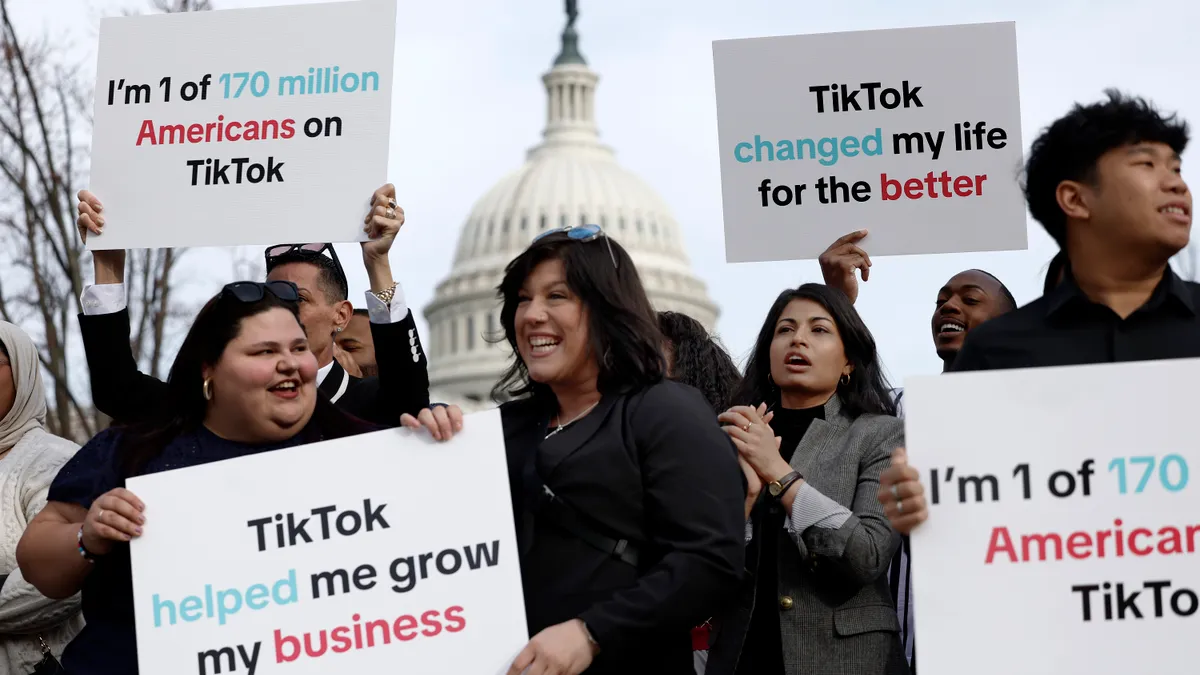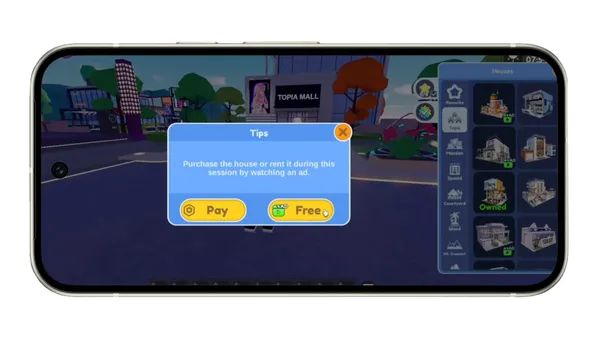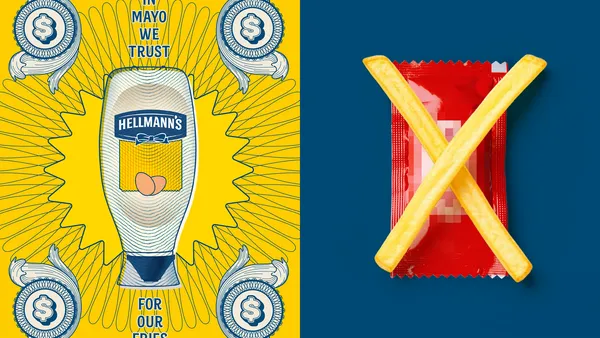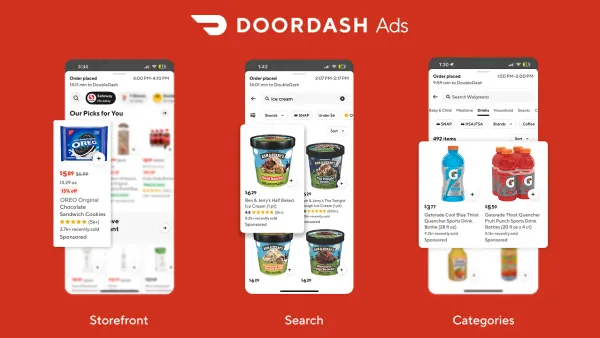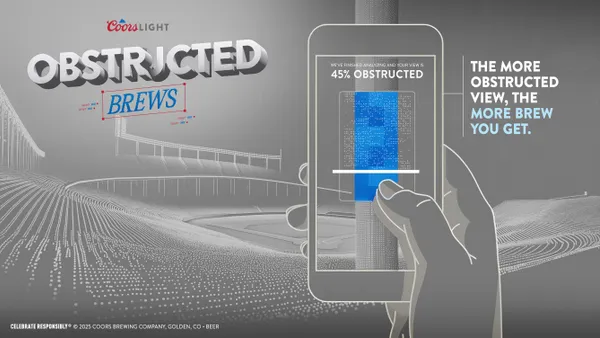Dive Brief:
- Mary Meeker, partner at Kleiner Perkins Caufield & Byers, released her highly-anticipated 2016 Internet Trends Report at the Code Conference Wednesday. The extensive report revealed a data-rich look into numerous topics including the state of online advertising, smartphones and social media.
- On the digital ad business, Google holds a strong lead and even with lofty starting numbers still posted an 18% year-over-year increase between 2014 and 2015. Facebook trails Google in total revenue by a large margin ($20 million-plus a year), but is also a rising star with a 59% year-over-year growth rate. All other players combined still trailed Google (by less than $10 million), but also only posted a 13% year-over-year growth.
- Facebook and Snapchat are rapidly trending upward when it comes to social media video views, and photo sharing is also continuing is rapid rise, driven in large part by the emergence of Snapchat and WhatsApp.
- While the report showed slowed growth of the internet as a whole, it did reveal that global smartphone usage continues a very strong upward trend, fueled by the Asia-Pacific market.
Dive Insight:
Meeker’s report also pointed out that among different advertising media, both digital and traditional, the only area where time spent in the media outpaced ad spending was mobile. The internet was almost dead even with 22% time spent against 23% ad spending, but mobile had 25% time spent compared to 12% ad spending.
Those numbers are most likely already closer together as mobile is recognized as a major outlet for advertising, but it still represents a channel that marketers should be paying attention to. As more than one expert has said over the last few months, it is a mobile-first world and marketers need to understand that.
Another key takeaway for marketers from Meeker's slide deck is rich media, such as video and photos, should figure into any social media strategy. And that some of the new kids on the block like Snapchat and WhatsApp are making their presence known and deserve attention from marketers who might feel stuck in a Facebook/Instagram, Twitter, LinkedIn rut.
What's more, as mobile continues to dominate, searches are going to quickly evolve from text-based to image- and speech-based. Maybe not as quickly, but still very possible is that chance that as messaging apps and chatbots gain traction, they may come to replace the home screen on smartphones as the main point of interaction for consumers.
As Nieman Lab restated this year, "Mobile continues its rocket rise, and there’s still lots of room for ad revenue growth. [...] Mobile is eating the world, and most news organizations make only a pittance off it."




